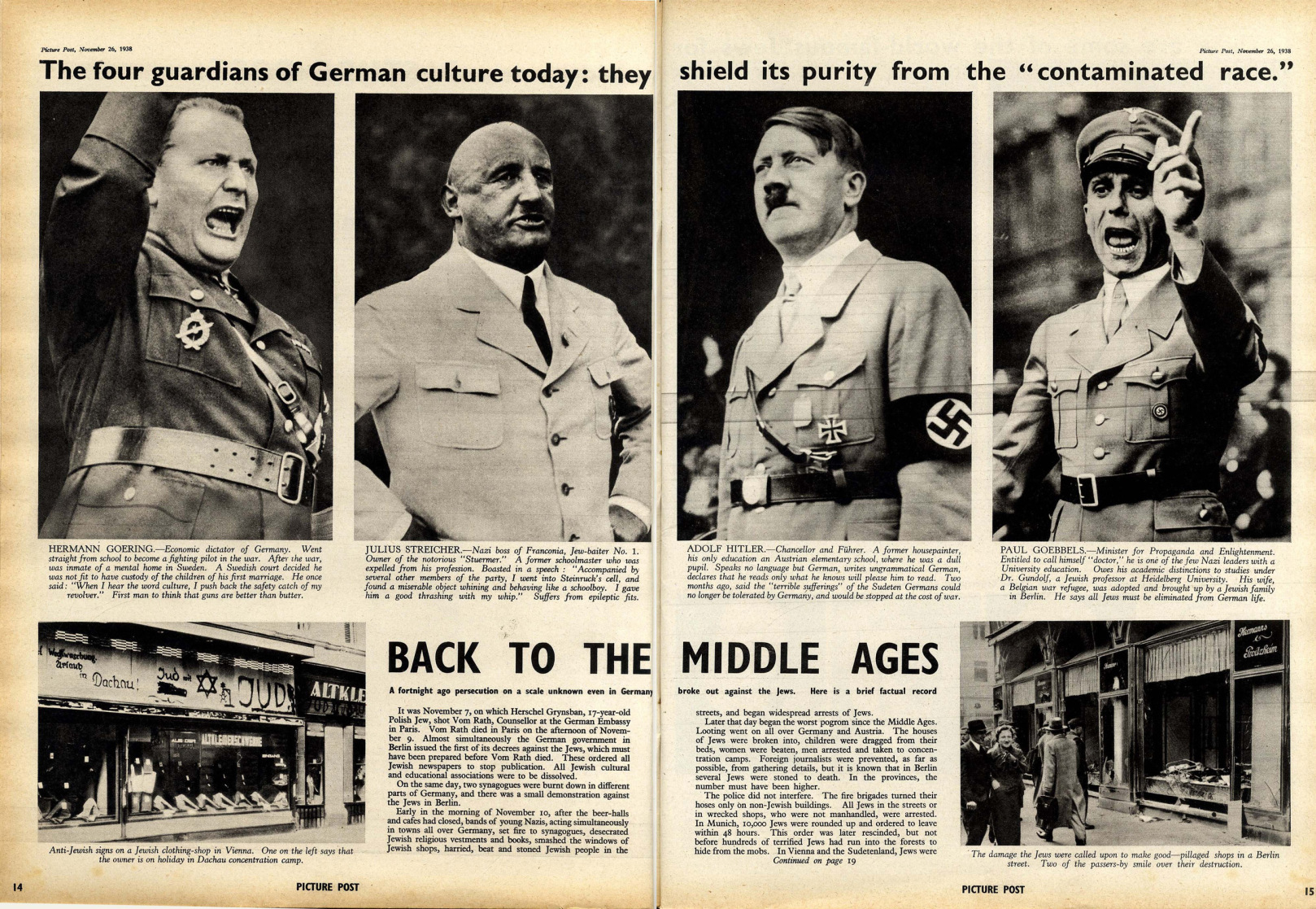
“Ordinary people doing ordinary things”
Picture Post revolutionised the way photographers portrayed the lives of ordinary British people: at home, on the street, off-guard - not in posed portraits.
In the words of its first editor Stefan Lorant:
“Picture Post firmly believes in the ordinary man and woman; thinks they have had no fair share in picture journalism; believes their faces are more striking, their lives and doings more full of interest than those of the people whose faces and activities cram the ordinary picture papers….”
The candid camera
Picture Post introduced its readers to the latest developments in camera technology - its photographers typically used Leica and Contax cameras which allowed them to capture movement, fleeting moments, unposed and unguarded views of daily life.
Combined with Lorant's interest in ordinary people and skill at marrying a series of images to build a story, Picture Post created a completely new (to the British) idea of the photographic picture story.
It opened up a new approach to photojournalism, and new ways to document society at a crucial time in British history.
Without the pioneering gifts and knowledge of refugees, mostly from Jewish families, it is unlikely that Picture Post would ever have happened.
They include the founding editor, the Hungarian Stefan Lorant, who had been imprisoned by Hitler; the photographers Kurt Hutton, Felix Man, Gerti Deutsch and Tim Gidal; and the head of the Picture Post darkroom, Edith Kay.
Picture Post, a powerful voice for change
Picture Post magazine was founded in 1938 by photojournalist and social campaigner, Stefan Lorant, friend to Winston Churchill and Jewish refugee from Nazi Germany.
The magazine was an immediate success, selling nearly 2m copies a week within only two months, and went on to be Britain’s best-selling weekly magazine during the Second World War.
Telling stories through a combination of pictures and text enabled Picture Post to be powerfully effective in highlighting important issues of the day and influencing public attitudes and opinions.

A champion for social change
With a firmly liberal and anti-fascist editorial stance, Picture Post used photos and text to highlight issues of importance, such as the persecution of the Jews in Nazi Germany, horrific poverty and unemployment in the North of England and Scotland.

Picture Post became a leading advocate for the Beveridge Report and argued strongly for a post-War National Health Service and comprehensive Welfare State. Many people attributed the Labour Party’s victory in 1945 to Picture Post.
A Picture Post photographer
One the longest-serving and most exceptional Picture Post photographers was Haywood Magee, who was responsible for nearly 600 picture stories, published between 1939 and the magazine's closure in 1957.


